Charles and Camilla’s First Royal Warrants Are Here. Here’s What That Means for British Luxury.
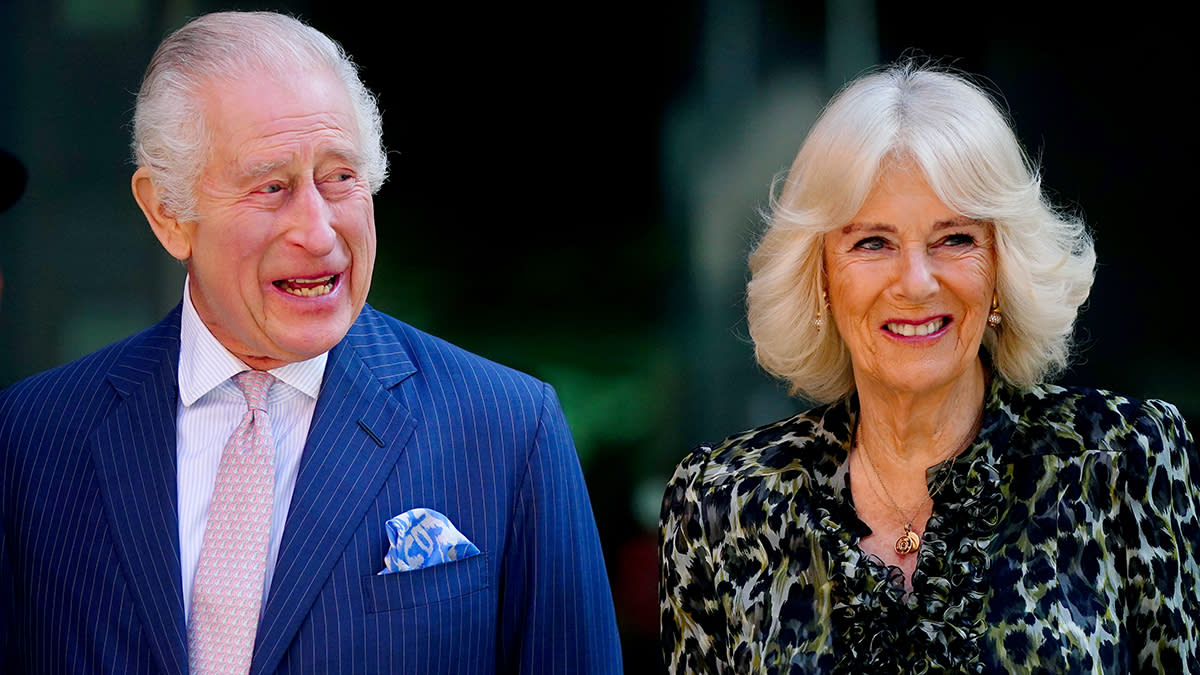
In a 21st-century democracy, a royal decree doesn’t carry the same weight it once did. But there is one area where a monarch may still rule absolutely: issuing royal warrants.
King Charles III and Queen Camilla reminded the world of this fact earlier this month when the royal duo announced the first warrants to be issued under their reign. From a review of firms that had previously held a warrant under the king’s former station as the Prince of Wales, 145 businesses were named as recipients of a Royal Warrant of Appointment to HM The King (of these, seven also scored a Royal Warrant of Appointment to HM The Queen).
More from Robb Report
Queen Elizabeth II Drove This Daimler Majestic. Now It's up for Auction.
Queen Elizabeth II's 2016 Range Rover Could Be Yours for $285,000
Queen Elizabeth Modified This Range Rover to Her Royal Taste. Now It's Heading to Auction.
But what is a royal warrant, and what do the new ones mean for the U.K.’s leading luxury businesses? Read on to find out.
What Is a Royal Warrant?
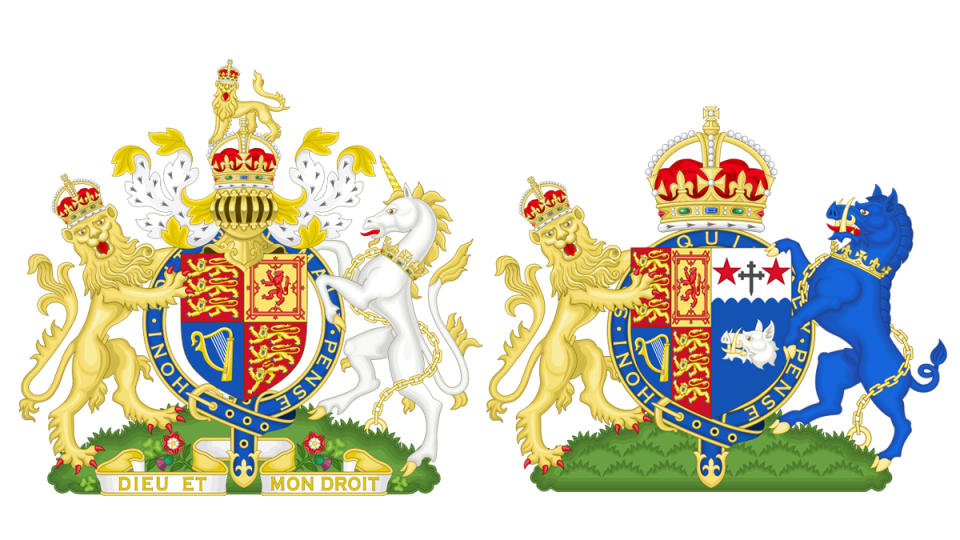
As the inheritors of a revolution waged for independence from a distant crown, Americans like to think of themselves as immune to the charms of monarchy. Then why is it, when we look into our Barbour jackets and see those words and seals, “By Appointment to Her Majesty the Queen…”, “By Appointment to H.R.H. The Duke of Edinburgh…”, “By Appointment to H.R.H. The Prince of Wales…” that we feel so…impressed?
We’re certainly not the first: British monarchs have issued royal warrants since the 15th century. These warrants, which acknowledge providers of commercial goods to the royal household, were issued over the centuries to craftspeople who supplied the crown with everything from playing cards to waterfowl. By the 1700s, warrant holders began displaying the royal arms on their businesses in an early example of consumer-facing marketing.
Royal warrants gained further recognition under Queen Victoria, and nearly 2,000 were issued over the course of her 63-year reign. The Victorian Era also saw the creation of what is now the Royal Warrant Holder’s Association, and the codification of rules concerning how royal warrants could be displayed and used.
According to the royal family’s official website, there are over 800 royal warrant holders today. These range from internationally recognized names like Burberry (credited as “Outfitters” to the king) to local dry cleaners and suppliers of buttons. But whether they operate retail stores across multiple continents or install fire alarms in Gloucestershire, the process for how companies receive their royal warrant is the same.
Who Did King Charles Award Warrants To?
Among the scores of businesses that provide a service to the king—which encompasses anything from “Wine and Spirit Merchants” (London’s Berry Bros. & Rudd) to “Window & Exterior Cleaning Services” (Perfectshine Window Cleaning Ltd in Aberdeen) were a significant number of clothiers, tailors, and shoemakers. It appears that many of the firms formerly famous for outfitting the Prince of Wales will have the honor of dressing the king, with warrants issued to the likes of Turnbull & Asser, Anderson & Sheppard, Tricker’s, John Smedley, and other makers.
“I think one could probably say that there has been a collective sigh of relief from those UK heritage and textile brands that have had their warrants renewed under his majesty,” says Paul Alger, who serves as international business director of the U.K. Fashion & Textile Association (UKFT).
Likening it to a high-end restaurant losing a Michelin star, Alger explains that the lapse of a royal warrant could significantly affect how a brand is perceived beyond the king’s dominion.
“It’s not the end of the world, but from a business promotion point of view a royal warrant is still very highly regarded around the world, and these are luxury brands that are very aware of that. So that it would have been a very bad news story had they lost their royal warrants.”
What Criteria Were Considered?
Among the 145 businesses that appeared on the list was the family-owned, London-based leather accessories brand Ettinger. “We were very, very pleased when that letter arrived one Monday morning,” says its CEO Robert Ettinger.
As Ettinger recounts, he was required in 2023 to fill out the “green book” relating to the renewal of the royal warrant, which comes up for review every five years. There was a particular focus on sustainable and energy-efficient business practices, with criteria including workers’ commute times and gas and electricity usage under scrutiny. The process even led the company to install double-glazed windows in its 130-year-old factory, in order to better regulate temperature without using additional fuel.
“Which is something we would have done eventually, but maybe not quite as quickly,” Ettinger says of the environmentally friendly upgrade.
From an industry-wide perspective, Alger agrees. “The process does appear to be becoming more based on sustainability and ethical trade.”
How Will Having a Warrant from The King Rather than the Prince of Wales Affect Businesses?
As the awarding of a royal warrant allows the grantee to display its cipher—within certain bounds—on their products and in their stores, a particular royal warrant can become almost as recognizable as a brand’s logo. Which means that a big change will be coming for those companies who’ve transitioned from holding a warrant from the Prince of Wales to holding a warrant from the king.
How Does a Business Earn a Royal Warrant?

For starters, royal warrants can only be issued to businesses that have supplied products or non-professional services (i.e., not bankers, lawyers, doctors, etc.) to a warrant-issuing member of the royal household for at least five of the most recent seven years. Once these criteria are met, the company can apply for a royal warrant.
To take the example of Anderson & Sheppard, its head cutter Dennis Hallbery was invited to Kensington Palace in 1983 to measure the then-Prince of Wales for a double-breasted suit. Over the next five years, the prince engaged the bespoke tailor to make additional suits and sport jackets, finally awarding it a royal warrant in 1988.
Crucially, the relationship between the royal warrant giver and receiver must be strictly commercial: goods are never gifted. In an era awash with lucrative celebrity ad campaigns and freebie-grubbing influencers, the strictures and character of the royal warrant have made it that rarest of endorsements: an honest one.
“In some ways, this is the quintessential quality mark or stamp of approval,” says Alger. “It’s not like any other standard mark where you can fill in the forms and if you meet the criteria or pay the money, you’re in. These are built up over tens of years.”
How Long Do Royal Warrants Last?
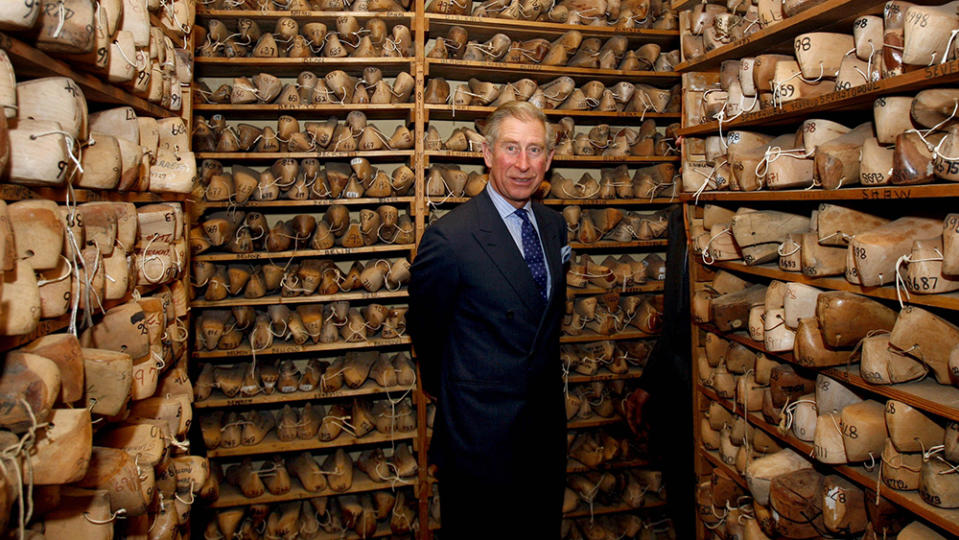
While earning a royal warrant might take decades, it has a shelf life of just five years. In the year leading up to the warrant’s expiration, it will be reviewed by the Royal Household Warrant Committee to ensure that the company and its goods remain up to snuff.
The standards the company must meet are exacting and can change with the times. Huddersfield Fine Worsteds, which provides the tweed fabric used to make the estate worker’s uniforms at Balmoral Castle, must prove more than just the quality of their cloth.
“Prince Charles is pushing very hard on the sustainable side of business, and every time we apply, we have to show what we’re doing for the environment,” said Huddersfield managing director Iain Milligan in an interview before the queen’s death, adding that its most recent renewal required the company to invest in an electric van.
While preparing for the renewal process is labor-intensive—Milligan estimates that it takes him a full year to gather the relevant information, which also covers criteria like employee welfare and waste disposal—the right to display the warrant is of immense value to its holders.
“For traditional British brands, their royal warrants will be one of their most precious assets, even if the U.K. market is not their primary market,” says Alger, adding that its influence extends far beyond the king’s realm. Specifically, Alger says that consumers in the United States, Japan, and China hold the royal warrant in high regard.
“One would not expect in communist China that the Royal Family would be any motive for selling clothes and luxury garments. But actually, the experience of most of our brands is that the royal warrant is even more valuable outside of the U.K. than it is inside.”
What Happens to Queen Elizabeth II’s Royal Warrants Now?
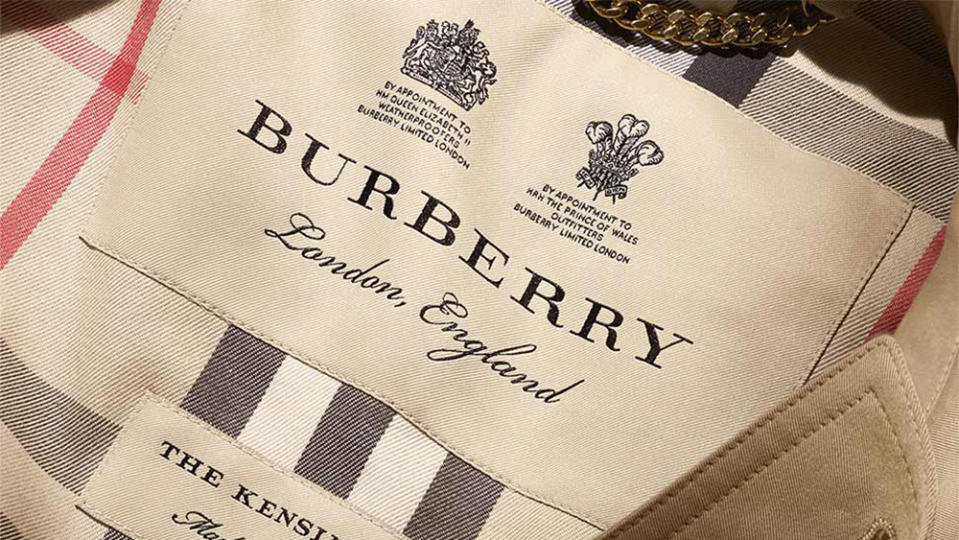
The short answer is that they were voided when she died—and so were the ones issued by her late husband the Duke of Edinburgh and the present king in his former station as Prince of Wales. As Alger explains, the passing of a monarch—who also determines who in the royal family may issue warrants—reshuffles the deck.
“In a nutshell, what happens is that the warrants that were granted by the queen, and any of those warrants which were granted by people who were enabled to give warrants, lapse effectively,” Alger says. “They cease to exist.”
Still, according to Alger, the crown has adopted a rather lenient policy in regard to holders of expired warrants.
“In a very pragmatic, very British way, the warrant holders [had] two years during which they can try to transfer those warrants to another member of the royal family,” he says.
During this grace period, holders could continue to display the warrants as they had been originally issued. But then what? According to Alger, this is one instance in which the British monarch may rule absolutely, as the king has the power to transfer the warrants with the wave of his scepter.
“My guess is that the default position of the royal family and the monarch is that they want to keep as many of these warrants in place as long as possible, so long as there is a reasonable reason for doing so,” Alger said at the time of Elizabeth’s death. “Because a certain biscuit was her majesty’s favorite biscuit, chances are that King Charles may decide that they were his favorite biscuits as well.”
Which Royals Can Issue a Royal Warrant?
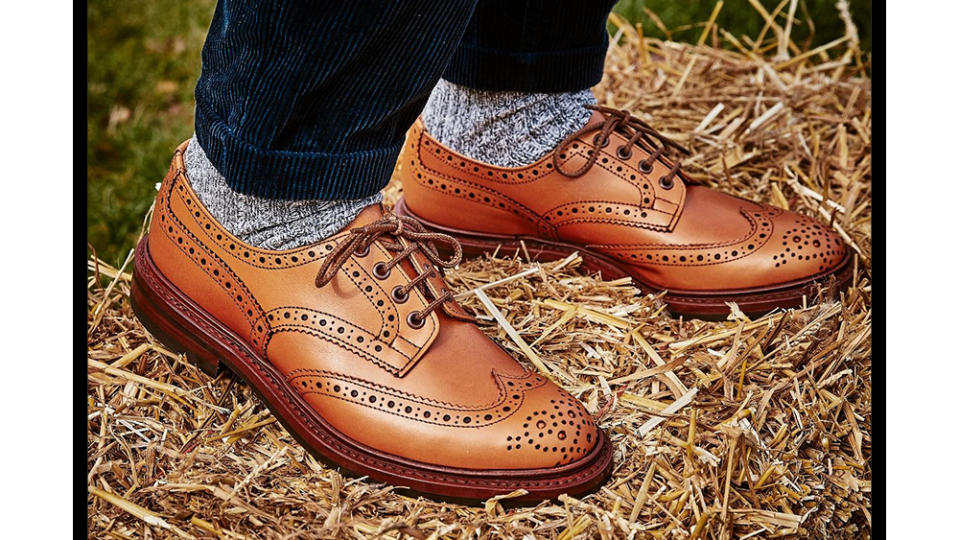
King Charles III has the power to name new royal warrant givers in the family. While the king has not yet taken action on this subject, Alger is comfortable making some guesses.
“One expects that the new Prince of Wales, Prince William, will continue to do so. It remains to be seen if there are other members of the royal family who will also be able to do this themselves in the future,” he says.
Do Other Monarchies Issue Royal Warrants?
The British monarchy is not alone in granting royal warrants to private businesses. Leather-goods purveyor Delvaux holds a warrant from the Belgian royal court, silversmith Georg Jensen displays a warrant from the queen of Denmark, and bespoke shirtmaker Camisería Burgos is the recipient of a warrant from the king of Spain. However, it feels as if the British royal warrant looms largest in the global consumer conscience.
Alger ascribes this to the close connection Queen Victoria forged between the crown and British industry, which continues to this day (indeed, Princess Anne has served as the president of UKFT for over 35 years). But he also chalks it up to the character and interests of the royals themselves.
“They’re very close to the land, they’re very close to jobs…Prince Charles has an encyclopedic knowledge of issues around agriculture, animal husbandry and production of textile and fashion products.”
Because each royal warrant is awarded by an individual member of the royal household, grantees might be viewed as an expression of the granter’s personality. It’s not surprising that Charles, who’s become something of a classic menswear icon, should patronize makers including Tricker’s, Turnbull & Asser, Anderson & Sheppard and Ettinger.
For decades, the queen, Charles and Prince Philip had been the only members of the royal household to grant warrants. But now, there is speculation that Prince William might become the next royal warrant giver and may approach the task with a different sensibility.
“My guess with the Duke of Cambridge is that we may see a broadening out, because he’s a different person. He’s his own man, and he may want to support some younger British fashion brands,” says Alger, who also points out the Duchess of Cambridge’s support for budding British designers.
Alger clarifies that this is speculation and that the status of future royal warrant givers remains shrouded behind the monarchial veil. However, it seems safe to bet that so long as the English throne is occupied, we’ll continue to find interest in who its occupant, and their family, patronize.
Best of Robb Report
Sign up for Robb Report's Newsletter. For the latest news, follow us on Facebook, Twitter, and Instagram.


